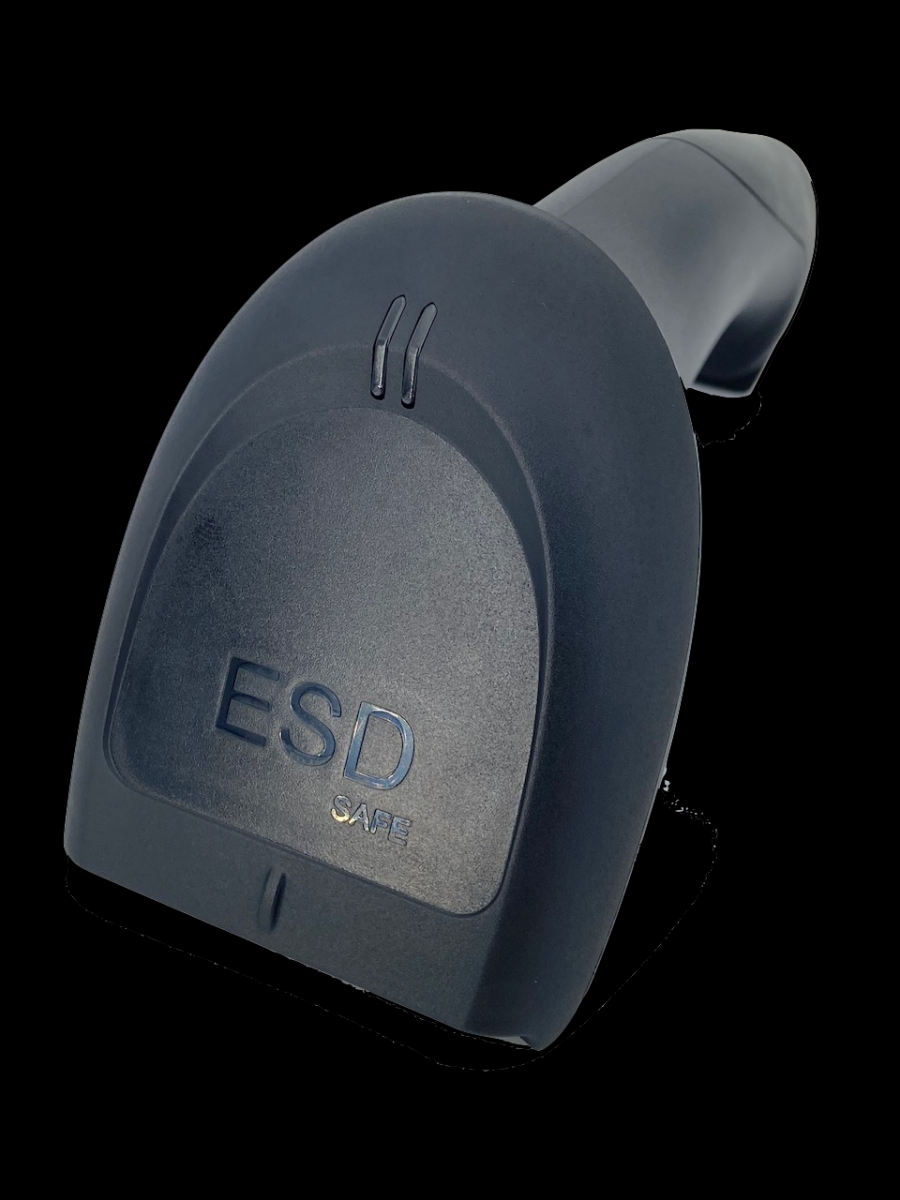ESD Safe
|
Electrostatic Discharge (ESD) Protection mechanisms are essential to any application that interfaces with the outside world, ranging from consumer,and industrial to medical markets. This is because the phenomenon threatens the majority of electronic systems around us, particularly with advances in the use of portable devices and as applications become further integrated.
How dose it works? ESD is characterized by the rapid discharge of a finite amount of current between two bodies with a high potential difference. In this way, a device such as a microcontroller could become inoperable within a matter of nanoseconds without sufficient ESD protection. Triboelectrification is the process by which two given bodies would come into close contact, rub against one another and separate. The resultant charged particle transfer creates an imbalance in polarity. This leads to high currents between relatively short distances and creates a high voltage impedance across the air medium. It is these high current densities and electric fields which cause ESD strikes, permanently damaging the involved electronic devices. The high energy of such currents can melt away the targeted regions of vulnerability, typically thin conductive films or transistor components. One of the primary problems pertaining to the phenomenon is the difficulty in identifying the source of the resultant malfunction due to the small time frame. In a typical work environment, it could be anything from a person jingling coins in a pocket near electronic equipment to the typical use of a standard office chair. What's worth bearing in mind with ESD is that individual events are not discernible and carry negligible risk in isolation. It is the sheer multitude of strikes though which exacerbates the issue and increases the likelihood of a high-magnitude strike occurring within a given period of time. |
 |
|
ESD in Barcoding and Data Capture When selecting a barcode reader, careful consideration should be made to ensure that it does not introduce additional risk in terms of ESD events. Printed circuit boards, semiconductor wafers, integrated circuits and other electrically sensitive components typically use small high- density barcodes to conserve space, making it difficult for some readers to scan them from a distance. When close proximity scanning is employed, the barcode reader may build up static charge depending on whether it is used on a non-conductive surface. If the reader itself has built up charge and is brought close to a sensitive component, an ESD event could occur, which may permanently damage the component. The damage from electrostatic events contributes to more than 25% of failure in electronic devices returned for servicing. Protecting against such damage can therefore save the company significant time and money in repairs or replacements whilst also maintaining a customer's confidence in the quality of service and the products themselves. Such events are prevalent in a host of other applications which involve data capture:
|
 |